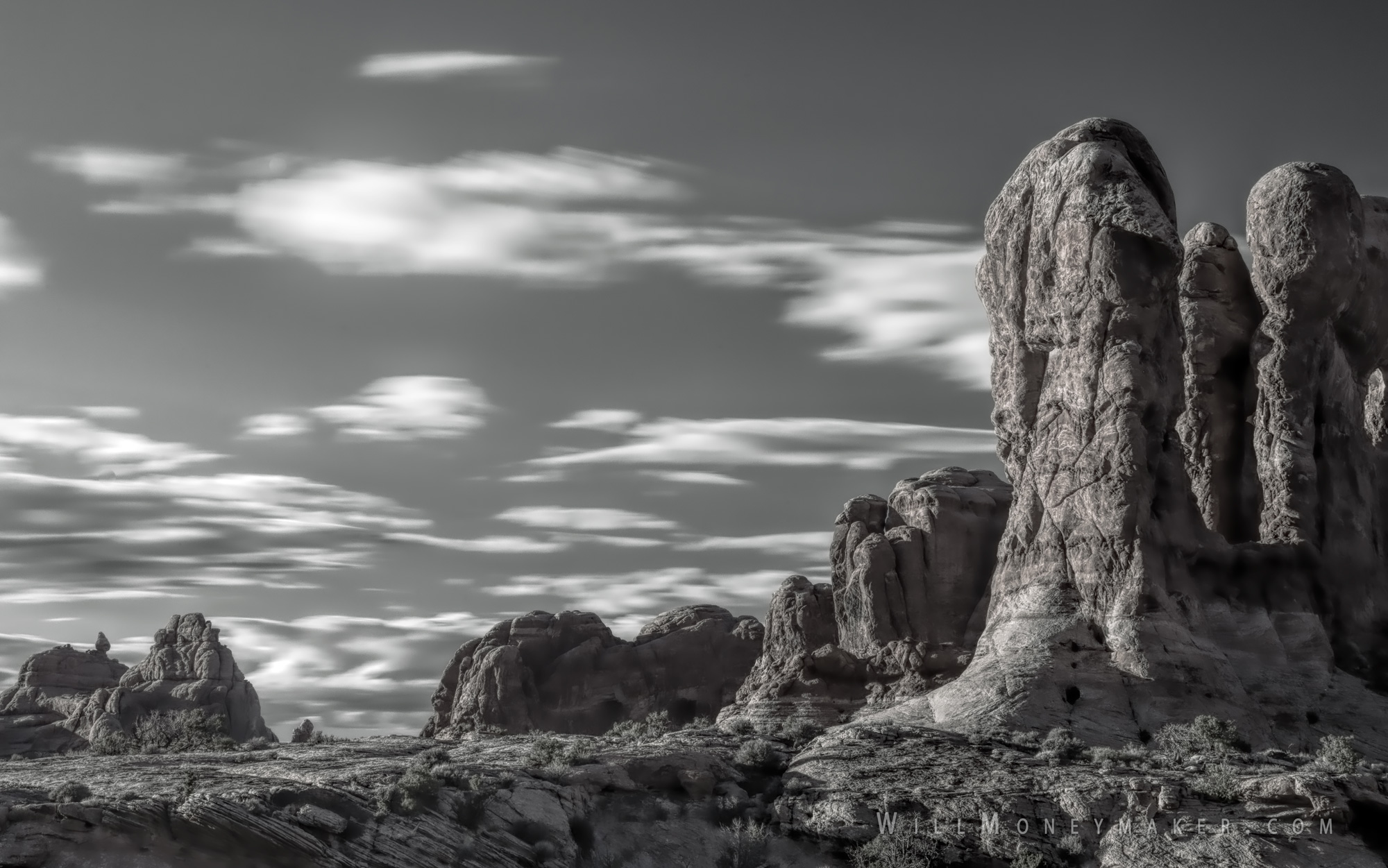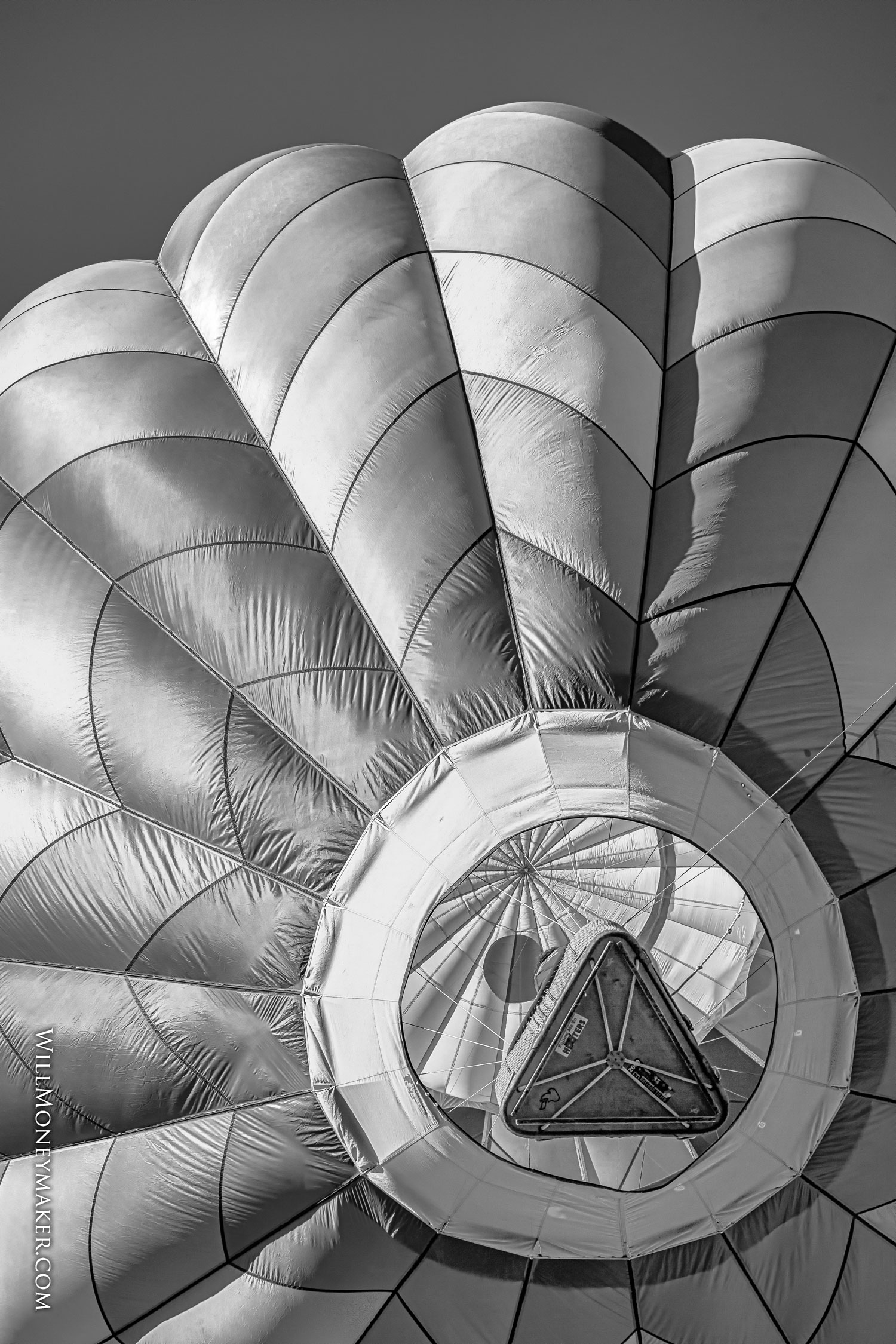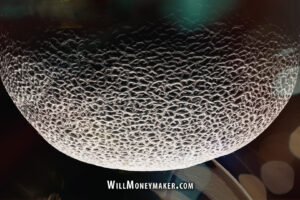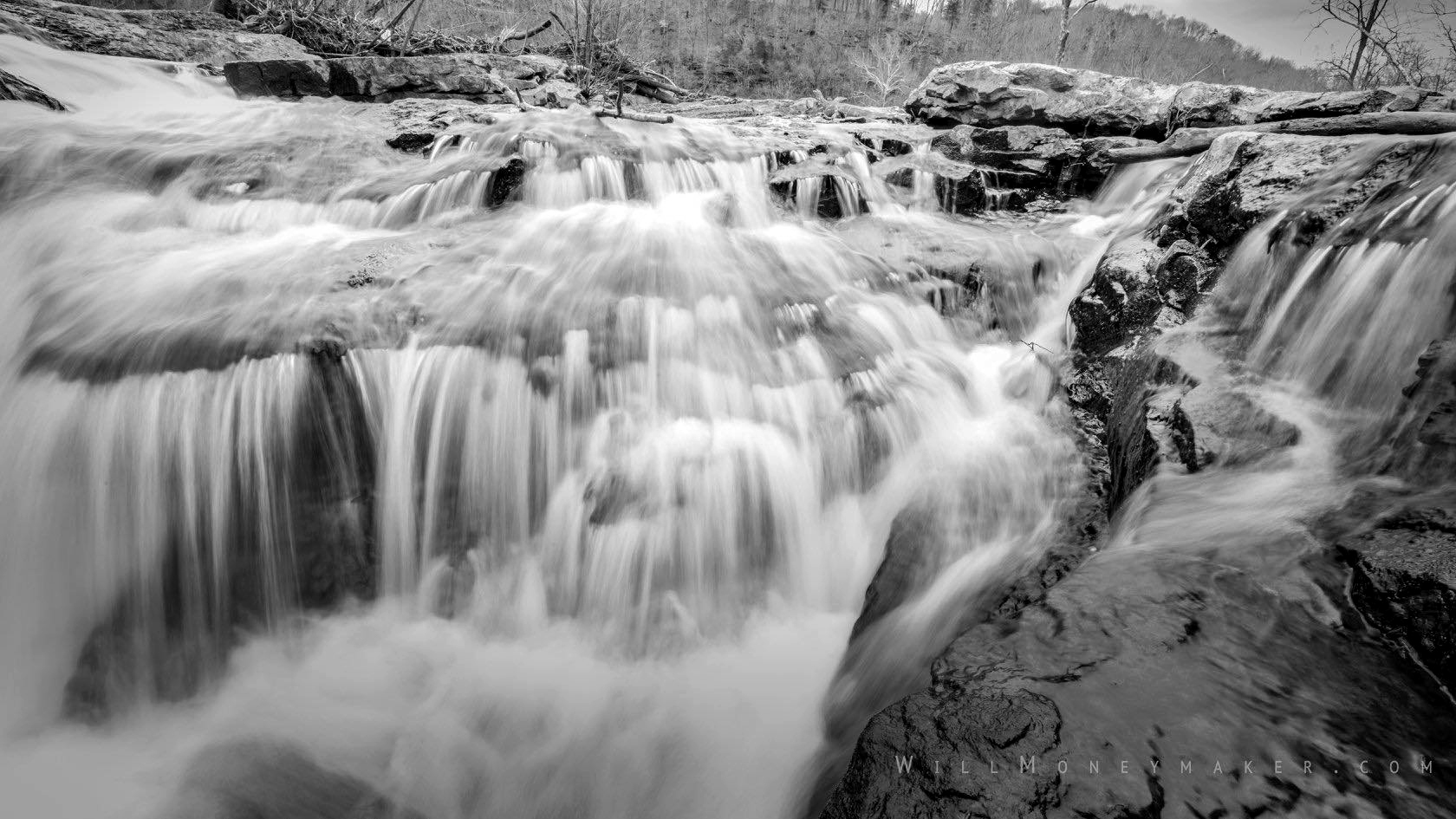When it comes to the content of photographs, you’ll find that there are two major styles that each of the photographic genres fall into. There are realistic photographs, and then there are idealized photographs. Of course, genres jump between these two categories. For instance, you can have both realistic landscapes and more fantastical landscapes. But, no matter what type of photograph you look at, it will doubtless fall into one of these two categories, either the realistic or the fantastical.
With these two classifications comes a debate that is as old as post-processing. Which is better? Fantasy or reality? There are photographers on both sides of this divide, people who will argue strongly for one or the other. The realists will say that the very essence of photography is the ability to record exactly what is before the lens, and it’s the realism that sets the photographed image apart from all other art mediums. Then there are those who say there is nothing all wrong with the fantastical image, that many images are made simply because they’re pleasing to the eye, and if they break the rules of reality, so be it.
And then there is the majority of photographers. For most of us, realistic images and idealized ones are both acceptable. There is value in all photographic styles, and it depends on a variety of things, from the tastes and vision of the artist to the setting, subject material and more. Since there is no one “right” style, let’s broaden the discussion on both realistic and idealized photographic styles so that you can see examples of each, how to produce them, and the value inherent to both styles.
What is the Idealized Image?
Idealized imagery is easy to spot. These are the images that look like something out of fantasy. In landscapes, you’ll often see extra-saturated colors or blazing sunsets and sunrises. Fantastic architectural imagery focuses on unique geometry and unusual perspectives that make buildings seem like something more than real life. Special effects belong in this realm, too. You’ll often see light paintings and other interesting tricks in the idealized image. Sometimes a fantastical image is simply one that is taken at the exact right time and place, under the absolute perfect weather conditions.
Even though these things aren’t technically true-to-life real, they still hold a lot of value as art. Why? Because whether the resulting image is a matter of the right time and place, or whether it is the result of special effects and extensive post-processing, these images are a window into life that we don’t often get to see. Think about sunsets as an example. On how many evenings will you witness the perfect golden-purple-blue gradient in the sky? And on how many of those evenings will you be in a place that offers a beautiful vantage of that gradient? Will you have all the right equipment handy to capture it, or will you be on your way home from work with nothing but your phone on hand?
These perfect, idealized moments are rare. That’s why they hold value because we don’t often get to see them. Diving deeper into things like post-processing and special effects, these are things that we only get to see in photos. Why shouldn’t we use all the techniques at our disposal to create something visually beautiful? Real or not, such images are pleasing to the eye and thus, art-worthy.
So if you want to create these idealized images, what techniques will you need to know? There are many. HDR photography is a common way to create images with wild lighting and out-of-this-world colors. Motion blur can be used to give a sense that objects within the frame are moving faster than they really are, and a narrow depth of field is useful to create blurs, bokeh and beautiful swooshes of color. Tricks of perspective are useful to make objects seem larger or smaller, and tilt-shift photography comes with the effect of making objects within the frame look like they are part of a diorama. Then, of course, there are light paintings done with steel wool, flashlights or laser beams. Really, the possibilities are endless. Spend some time browsing special effects photography and you’ll see innumerable different ways to create images that are beautiful for their incredible effects.
How Do Realistic Images Differ?
Realistic imagery is the exact opposite of the fantastic. These images are meant to portray life for what it is — sometimes the beauty of real life, sometimes its ugliness, but always the truth. Documentary and journalistic photography are prominent examples of realism, but any image that seeks to portray what is in front of the lens with the minimum amount of alteration possible could be considered realistic.
It’s the truth in realism that makes it valuable as art. These images are designed not necessarily to amaze but to shed light on different aspects of the world. Often, realist images have a cause or message behind them, a deeper meaning that we’re meant to consider as we take in the details within the frame. Other times, these images simply show life in a way that we’re not used to seeing — like macro images that portray perfectly detailed and realistic images, only zoomed in so that we can take in details we’d not otherwise notice.
To create realistic images, you’ll need to take photographs with as little alteration as possible. I know that sounds easy — no post-processing, right? But in actuality, you’ll need to work hard to get the images as close to correct as possible on camera. Sharp focus, good lighting, and all the rest. If you do any post-processing, it likely won’t be anything extensive like creating an HDR image, but rather making minor color corrections to make the photograph as true-to-life as possible.
As you can see, realism and fantasy are two different types of photography, each with their own unique approaches. Neither type can be considered better than the other — it all depends on what you want to create and why.





